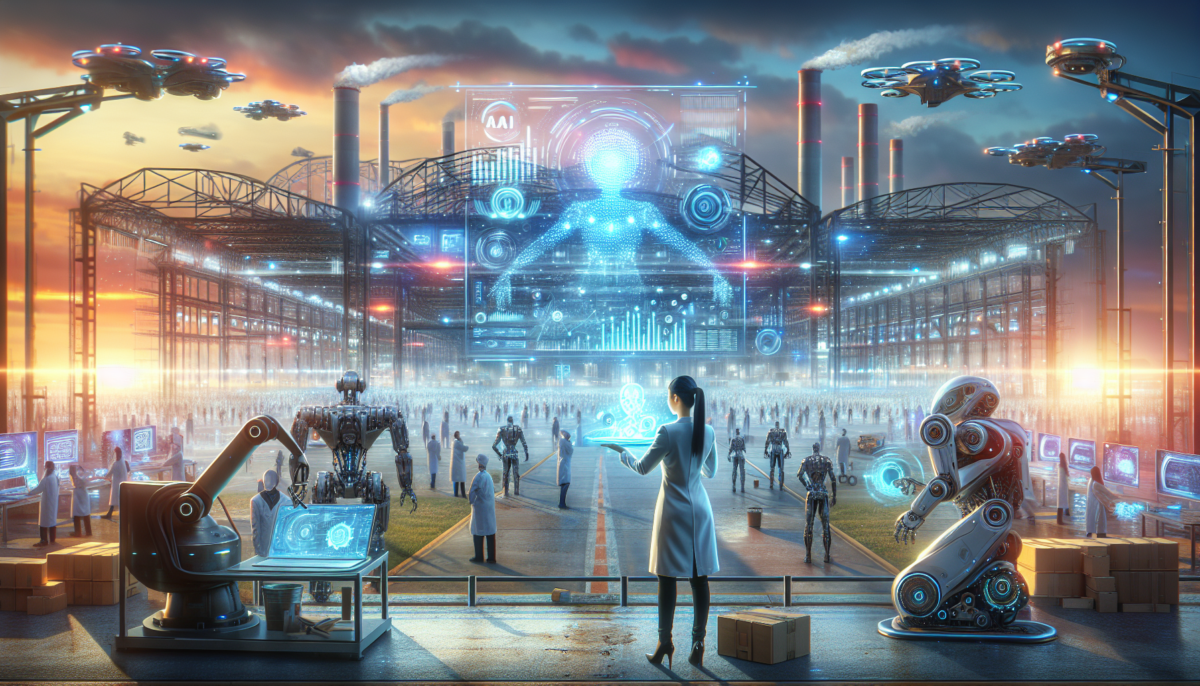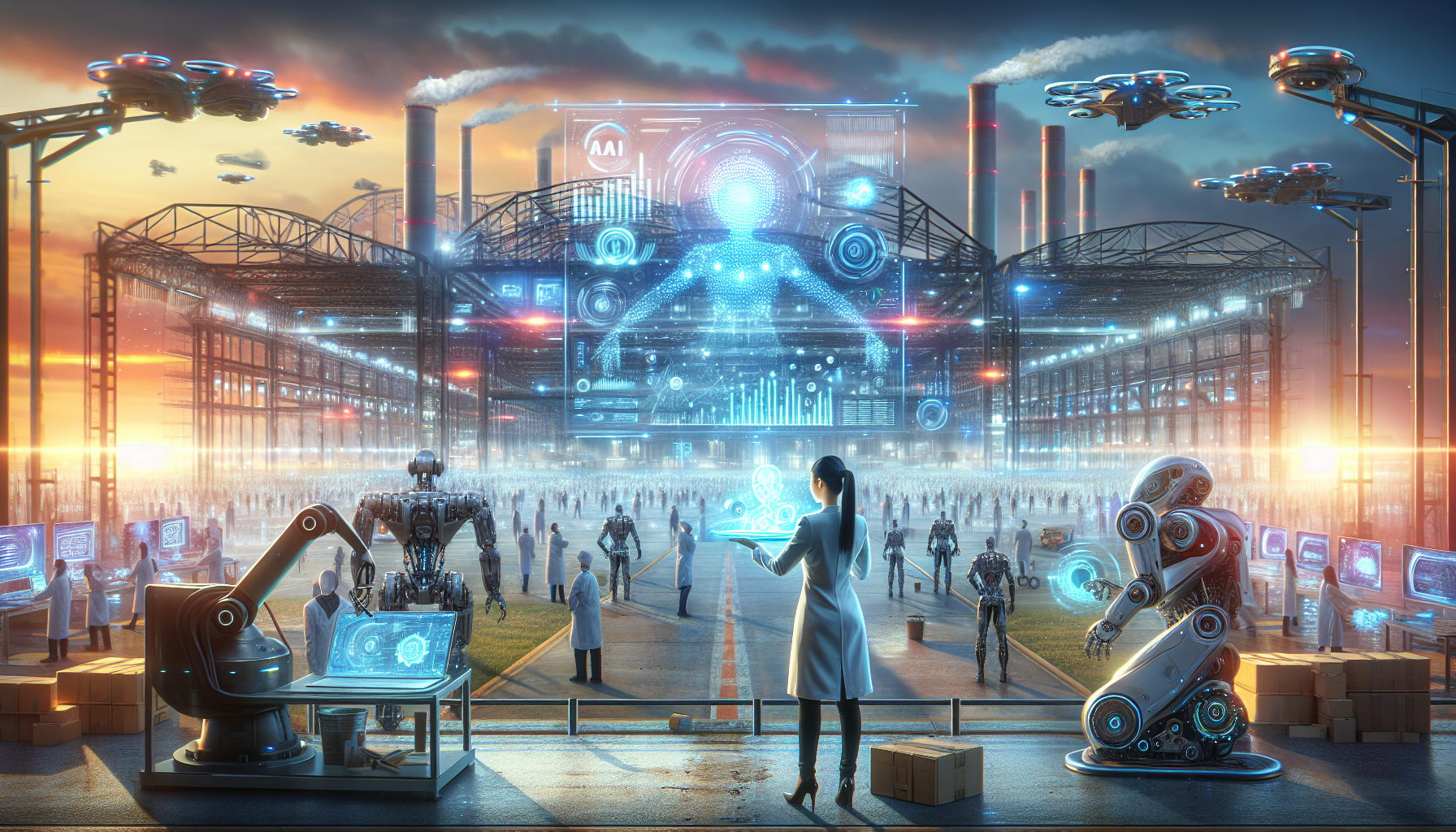AI: Paving the Way in the New Industrial Revolution
We independently review everything we recommend. When you buy through our links, we may earn a commission which is paid directly to our Australia-based writers, editors, and support staff. Thank you for your support!

AI: Transforming Industries with Innovative Approaches
Quick Read
- The influence of AI on industries is akin to the introduction of electricity.
- NVIDIA’s AI Factory initiative seeks to enhance data management and processing.
- AI is reshaping job functions and boosting productivity, rather than eliminating positions.
- Localized AI applications can markedly enhance safety, particularly in Australia.
- Customizable open-source LLMs can be adapted to suit specific industry requirements, lowering expenses.
- Key challenges of the AI era include security and energy efficiency.
- Accelerated computing, like NVIDIA’s DGX platform, is vital for energy-efficient AI operations.

AI Factory: The Infrastructure of the Modern Era
Marc Hamilton, VP of Solutions Architecture and Engineering at NVIDIA, underscores the significance of their AI Factory concept. It resembles electricity, incorporating inputs like energy and data, and aims to clarify the operations behind AI. The goal is to enhance data management, transport, and processing as we progress in AI technology development.
A New Era of AI Integration
The AI revolution is underway, and its effects are far-reaching. From security to energy requirements and workforce dynamics, the implications are profound. Education is essential to clear up misunderstandings and prepare for the necessary reskilling that will reshape, rather than eliminate, job roles.
Modernising Job Functions
Hamilton points out that AI can elevate productivity across various industries. For instance, real estate agents can leverage AI to quickly produce property listings, saving them hours and allowing them to concentrate on refining the content to attract buyers.
Localized Applications
AI has targeted applications that can enhance safety, especially in Australia. AI in vehicles can monitor drivers for signs of drowsiness or lane departure, which is vital given the long distances among population centres and trucking routes in the nation.
Creating Domain-Specific AI
Hamilton tackles the misconception that building a domain-specific AI necessitates significant resources. With advanced open-source LLMs, businesses can develop or adapt models customized to their unique needs without high costs. A notable example is Bloomberg’s AI system, which excels in addressing finance-related inquiries.
New Paradigms in AI: Security and Energy
The emergence of AI brings forth two pressing issues: security and energy efficiency. Data privacy raises major concerns, particularly for sensitive information that cannot always be stored in connected clouds. More companies are developing their own LLMs for operation in private clouds or on-premises settings.
Enhancing Energy Efficiency
The carbon footprint associated with data centres poses another urgent challenge. Strategies involve exploiting surplus energy for local data centres and employing accelerated computing. NVIDIA’s DGX platform plays a pivotal role in enhancing energy efficiency in data processing by transitioning from CPUs to GPUs and other accelerators.
Summary
AI is transforming industries, reshaping job roles, and introducing new frameworks in security and energy efficiency. NVIDIA’s AI Factory concept strives to streamline data management, making AI more accessible and effective. Localized applications and domain-specific AI models further amplify AI’s advantages, while addressing security and energy challenges is vital for sustainable growth.
